RAF Ibsley Airfield, New Forest, Hampshire
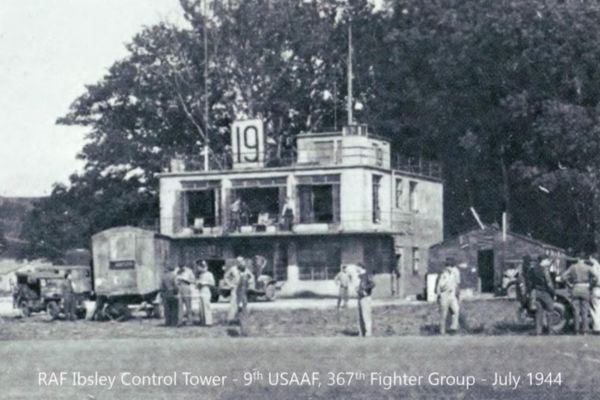
From its runways, between 1941 and 1944, both RAF and USAAF airmen flew out into hostile skies to defend Britain with great courage and at huge personal cost.
The Watch Office itself is a rare surviving example of its type, with a Meteorological Section, large Crittall windows and a concrete viewing balcony. Its survival is remarkable, but it is in a state of extreme dereliction.
RAF Ibsley was one of twelve Second World War airfields in the New Forest
The airfield was part of a network of defence structures across southern and eastern England hastily constructed in the early years of the war, as Europe fell to the Nazis with terrifying speed.
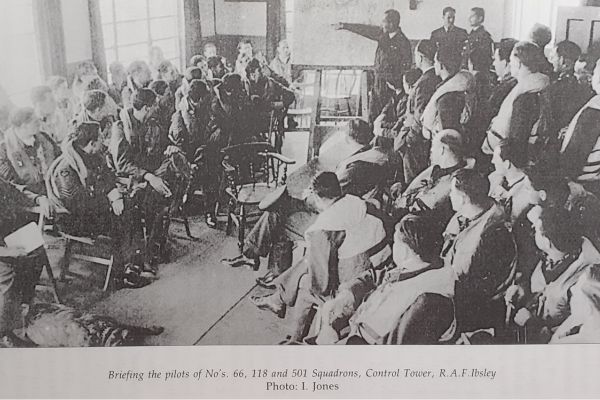
Ibsley began as a ‘satellite fighter station’, with just a small wooden building in a field serving for its air traffic control. Rubble from bombed-out buildings in Southampton was used as hardcore for the foundations of three runways, configured as a lop-sided ‘A’ positioned roughly south-north. Construction of the Watch Office was underway by August 1940, and it was still unfinished when it welcomed its first squadron in February 1941.
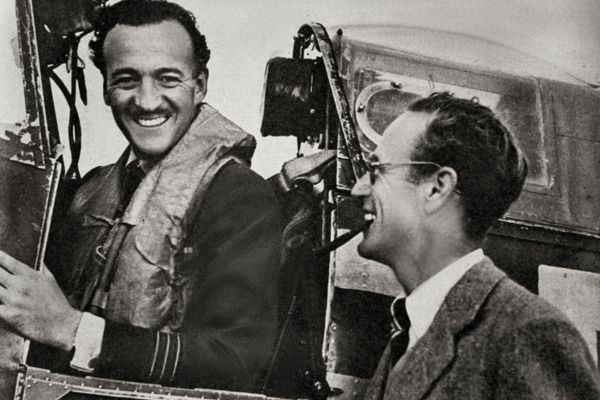
A series of squadrons were stationed at Ibsley throughout the war, their aircraft fuelled and ready to fly out over the Channel at a moment’s notice to protect ships, attack infrastructure and intercept hostile aircraft. Initially a fighter station for Spitfires, at its height in 1943 under the USAAF the airfield held over 150 P-47 Thunderbolt fighter bombers. They were supported by around 3,000 personnel living in requisitioned houses and purpose-built dispersed accommodation around the airfield’s perimeter.
The Ibsley Watch Office was a late evolution of standard Second World War designs, combining air traffic control with the collection of meteorological data. Hydrogen to fill the weather balloons was piped up from the ground floor to the roof.
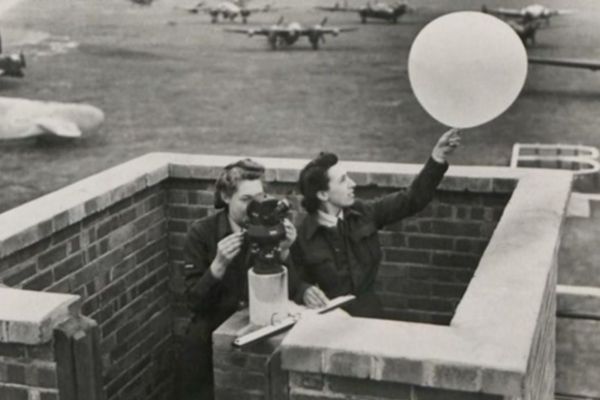
“Although it had a very short life, what a life it has to tell, as both an RAF Fighter Station and United States Army Air Force Fighter base…what a magnificent contribution Ibsley made to the defence of England in those turbulent wartime days.”
Wing Commander Christopher ‘Bunny’ F Currant, DSO, DFC and Bar, Croix de Guerre (1911-2006), Station Commander at RAF Ibsley 1941-42 (Foreword, So Much Sadness, So Much Fun, 2002, RAF Ibsley Historical Group)
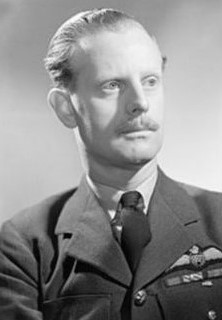
Hollywood came to Ibsley in 1941
RAF Ibsley played a key part in the campaign to sustain national morale as the location of Leslie Howard’s celebrated film about the invention of the Spitfire, The First of the Few. The film (released in the United States as Spitfire) was filmed at the airfield. First World War veteran and screen idol Leslie Howard both directed and starred as R J Mitchell, designer of the Spitfire. David Niven co-starred as Mitchell’s courageous test pilot. Serving personnel, including Squadron Leader Christopher ‘Bunny’ Currant and other RAF pilots appear in the film, flying aircraft and taking on minor speaking roles, with filming periodically interrupted when they were scrambled for action. The film premiered at Leicester Square on 10 August 1942 to widespread acclaim. Two years later, Leslie Howard was killed when his passenger flight was shot down by the Luftwaffe over the Bay of Biscay.
Post-War years
After the war, the airfield served as a USAAF flight school and then, from 1951 to 1955, as the circuit for the Ringwood Motor Cycle and Light Car Club. The runways and hardstanding were later removed for use as hardcore aggregate and the site was dug for gravel extraction. The disused gravel pits, long since filled with water, are now the scenic Blashford Lakes, designated as a protected nature reserve.
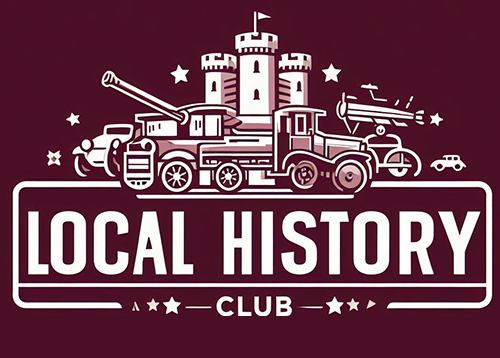





1 Comment
Recommended Comments
Create an account or sign in to comment
You need to be a member in order to leave a comment
Create an account
Sign up for a new account in our community. It's easy!
Register a new accountSign in
Already have an account? Sign in here.
Sign In Now